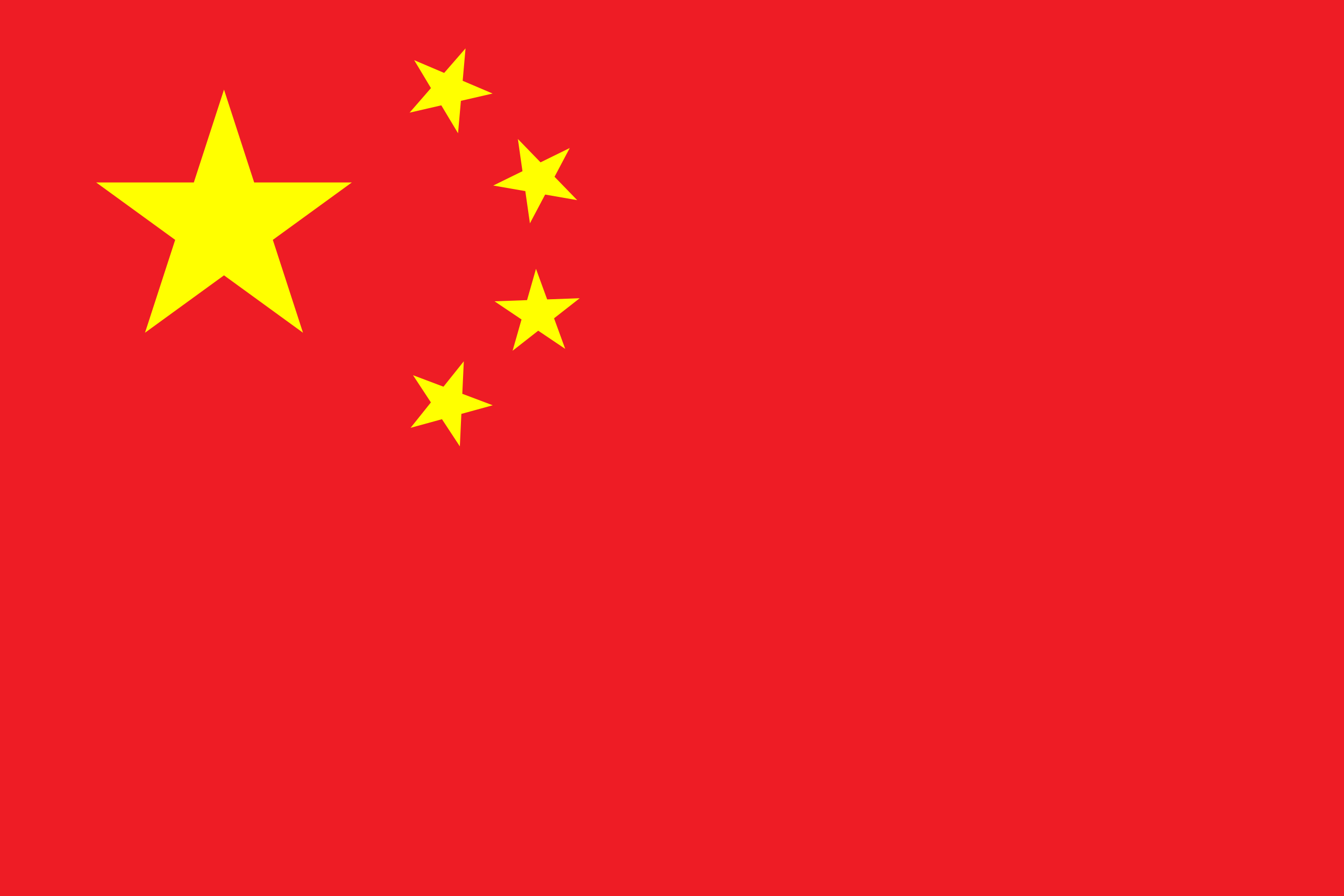JAPANESE EXPANSION
06 May 2020
JAPANESE EXPANSION
Scholarship Description:
JAPANESE EXPANSION is open for . The scholarship allows level program(s) in the field of taught at . The deadline of the scholarship is .
On 7 December 1941,the Japanese attacked Pearl Harbour in Hawaii. On 8 December 1941, America, China and Britain declared war on Japan. Thus the Pacific War had begun.However the Japanese started their expansionists policy as early as October 1941.Starting first in Southern Indochina m they moved down like a swarm of killer bees to Patani (in Southern Thailand) , and soon progressed down to the Malay Peninsula from Kota Bahru to Kuala Lumpur and finally to Johor Bahru. By 31st January 1942,the whole of Malaya had fallen into the Japanese clutch.
Singapore was then regarded as an "impregnable fortress". But as the Japanese progressed in their march to victory in Malaya. The possibility of an attack on Singapore became real. The battle-ships "Prince of Wales" and "Repulse" arrived on 2 December 1941.
Indian, Australian and more British troops arrived to strengthen the defence of Singapore. As for any seward invasion, the naval defence included heavy 15-inch guns and a naval base at the south of the island.
Yet the Japanese bombing of Singapore during the pre-dawn hours of 8 December 1941 took the people and the British by surprise.
Two days later, the 2 British battleships were sunk off Kuantan and the Japanese forces charged across the Causeway.
Yet all this while the British had expected attacks on ,and had increased defence of the south.
The situation looked hopeless for the British in Singapore, and the Lieutenant-General Arthur Percival, Commander of the Royal Army surrendered on 15 February 1942.
Black Sunday, the first day of the Chinese New Year.
Yet unknown to the British, the Japanese were numerically fewer than the British and would not be able to be involved in the drawn-out affair.
Japan's Economic Expansion into Manchuria and China in World War Two
Japan as a have-not country felt the distribution of natural resources in the world was unfair and in Manchuria and China proper saw its opportunity to right the balance.
The need for a larger economic base was closely linked with Japanese conceptions of coming wars, the effect of the great depression and a rise in anti-Japanese feeling in China.
Japan, while making strides in Manchuria, never met its goal of economic self-sufficiency.
Tied down in China by a military quagmire it had neither the time nor the surplus resources to invest in creating the self-sufficient empire it so desired.
Manchuria rich in natural resources and sparsely populated had obvious advantages for a densely populated and resource-poor Japan.
Amongst Manchuria's resources coveted by Japan were iron, coking coal, soybeans, salt and above all land, all severely lacking within the Japanese empire in 1930.
This contrasted favourably with Japan's mountainous terrain of which only twenty percent was arable. Despite these restrictions Japan's population increased rapidly in the early twentieth century reaching seventy million in 1937.
This steady increase ensured the empire was no longer self-sufficient in food, a problem expansion into Manchuria and China proper could solve.
Population growth also left Japan with a surplus agricultural population and many willing emigrants.
By the 1930s however these emigrants were not welcome in significant numbers anywhere in the world as both the United States and the British dominions actively discriminated against them.
This exclusion increased Japan's feelings of isolation and made expansion into Manchuria even more attractive.
Manchuria could provide not only natural resources and rice yield enhancing soybean fertiliser it could also provide Japan with its Lebensraum to settle its surplus population.
Many Japanese believed self-sufficiency in natural resources was essential to fight a total war. Japan had learned from World War One that future wars would be imminent and protracted.
To win a nation would have to gear all resources towards war production. Doctors to engineers, cotton to iron ore, each nation would fight with the entire resources at their disposal.
Thus relying on other countries for the material of war was a recipe for defeat. Japan, even with the resources of Korea, Formosa and South Sakhalin could not provide the resources required to fight a total war.
As a have-not country Japan saw force of arms as the only possible way to gain the resources necessary to fight a modern war.
The global depression of the 1930s ushered in a period of protectionism that significantly affected the Japanese economy.
During this period more than forty countries raised tariffs on Japanese goods.
This was however unexceptional for the period as many other countries faced similar increases and Japan herself became highly protectionist. Most affected were the growers, processors and labourers involved in Japan's silk industry as demand for silk stockings, seen as a luxury good in a time of hardship, almost completely collapsed.
This decline in demand coincided with a rise in competition from rayon and other substitute textiles.
Also harshly affected was the price of cotton and rice, both Japanese staples. Nor could Japan rely on Asiatic goodwill to replace her lost markets and sources of raw materials as Japan was increasingly viewed as a threat in much of Asia.
The depression was not universally bad for Japan however as its ability to supply large amounts of inferior goods at the precise time that worldwide demand for them increased meant it was actually able to increase its exports.
Imports of Japanese goods by several Latin American countries had recorded twelve hundred percent increases between 1930 and 1934.
As other nations became more protective of trade with their home markets and colonies the logical lesson for Japan to draw was that it needed more colonies where it could establish a monopoly position.
Chinese nationalism was increasingly mixed up with anti-Japanese feeling in the early 1930s creating a further threat to Japan's economic activities in Manchuria and China.
Japan's troubles in Manchuria began in September 1927 when the Kuomintang announced it would not respect any agreement it was not a party to. This forced the Manchurian warlord Chang Tso-lin to deny Japan's request to build five more railroads in North China.
His later assassination ended any chance Japan had of peacefully creating an independent Manchuria under Japanese control as his successor Chang Hsueh-liang went further, attempting to build competing railroads.
If completed they would have undermined Japan's whole position in Manchuria. Boycotts, demonstrations and strikes against Japanese goods and interests were also becoming more common with the rise of Chinese nationalism.
Japanese blood had been spilt both in the Sino-Japanese War and especially in the Russo-Japanese War to gain Japan's rights in Manchuria and China.
It was thus inconceivable that Japan could walk away from the economically advantageous position it built up over decades in Manchuria and to a lesser extent in China itself.
Earlier Japanese military adventures had paid off handsomely for Japan. The indemnity resulting from the Sino-Japanese War contributed significantly to Japan's foreign exchange reserves and helped kickstart Japan's steel industry.
The Russo-Japanese War left Japan in control of the South Manchurian Railroad and the Liaotung Peninsula.
Likewise Japanese military intervention against the German concession of Shantung during the First World War allowed Japan to take control of the area on a permanent basis.
These successes seemed to more than outweigh Japan's more recent and only unproductive military adventure, the excursion into Siberia during the late 1910s and early 1920s. Past military success led many Japanese to believe that high returns were possible from military investment.
Prior to the China Incident Japan had some success in achieving its economic aims in Manchuria. By 1931 Japan had spent 1.5 billion yen in Manchuria an amount rising to 3.7 billion yen by 1936.
This was more than the total Japanese budget for any one year. Japan was able to invest in railroads, highways, hydro-electric plants and improve the area's harbours and navigable rivers. Useful amounts of iron, aluminium and other minerals were also discovered.
In contrast output of synthetic oil and coal production were modest at best.
Both were vital industries where Japan was heavily reliant on foreign sources of supply.
The failure of Manchuria to replace these sources was thus a huge disappointment. Five hundred thousand Japanese immigrated to Manchuria between 1931 and 1945 with half of these being the agricultural settlers Japan had aimed to resettle.
The reality however was that few Japanese could compete with the locals who were prepared to work for much lower wages. Most lasted only six months before joining their countrymen as supervisors, police, bureaucrats, soldiers and foremen in Manchuria and later China itself.
Despite these setbacks the occupation of Manchuria was initially seen by Japan as relatively inexpensive and successful.
Degree Level:
JAPANESE EXPANSION is available to undertake level programs at .
Available Subjects:
Following subject are available to study under this scholarship program.
previous
Achievement Scholarships for International Undergraduate Students: Engineering and Information Technology, University of Technology Sydney



